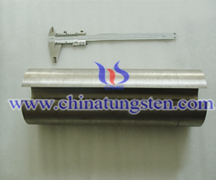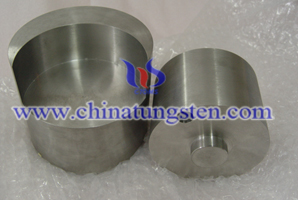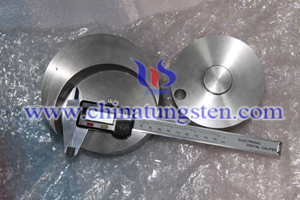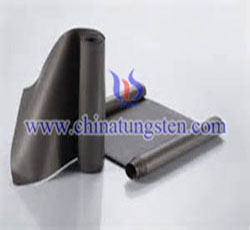Beta radiation is a light, short-range
particle and is actually an ejected electron. Some characteristics of beta
radiation are:
Beta radiation may travel several feet in
air and is moderately penetrating.
Beta radiation can penetrate human skin to
the "germinal layer," where new skin cells are produced. If high
levels of beta-emitting contaminants are allowed to remain on the skin for a
prolonged period of time, they may cause skin injury.
Beta-emitting contaminants may be harmful
if deposited internally.
Most beta emitters can be detected with a
survey instrument and a thin-window GM probe (e.g., "pancake" type).
Some beta emitters, however, produce very low-energy, poorly penetrating
radiation that may be difficult or impossible to detect. Examples of these
difficult-to-detect beta emitters are hydrogen-3 (tritium), carbon-14, and
sulfur-35.
Clothing provides some protection against
beta radiation.
Examples of some pure beta emitters:
strontium-90, carbon-14, tritium, and sulfur-35.
Tungsten alloy material should be the most
suitable material for alpha radiation protection, for more details, you could
visit here.


























